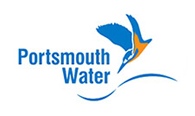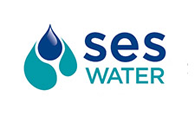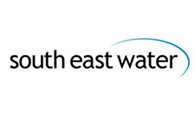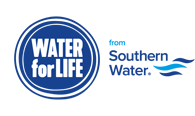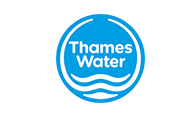How we use investment modelling to understand the future
Water resources planning has a simple objective: making sure there’s enough water for people, businesses and the environment by making sure supply exceeds demand. This gives customers security of supply.
However, the process can be complicated.
We need to understand how much water we use at the moment and how this could change over time. We also need to predict how climate change will impact our sources and environment. This allows us to forecast how much we might need in the future.
After we know this, we need to understand how to provide that water. This means understanding how water is already supplied, and if we can improve or build on this – as well as making better use of our existing resources.
We also need to understand what potential new sources there are such as water recycling, reservoirs, transfers, and desalination – and the potential costs and benefits of all of these.
We know the future contains a lot of uncertainty too – so we develop a range of forecasts. These consider different impacts of climate change, predictions of how our population might grow and how our water use could change over time. This gives us an idea of what the future – and different versions of it – could look like.
To help us make the most informed decisions we use modelling. During our emerging regional plan consultation, we were challenged to explain what this means and how we use this better.
What is modelling?
When we talk about modelling, we mean a programme which can identify how we can balance supply and demand, using the wide range of information we provide it. This is done through a process of mathematical optimisation – which helps find the best solution to a given problem.
This is the basis of our investment model. We can then change parameters and update the data we provide to help our members make informed investment decisions.
Why do we use modelling?
Simply, we use modelling to understand the best combination of options to meet the challenges we face.
This enables our senior leadership team and board, made up of our region’s water companies, to make informed, evidence-based decisions about the interventions we need to futureproof our region’s water supplies.
We know the future is uncertain, so we use the best information available to develop a plan that is adaptable to uncertainty.
Using an investment model gives us an objective dataset we can interpret to determine the best mix of solutions. We do this based on the method statements we’ve developed through consultation with our stakeholders – all available on our website.
How does our investment model work?
We provide it with the information we have about how much water we’ll need, how much will be available in different scenarios and how we can secure more – and ask it to make sure supply and demand are balanced.
Our region is broken up into Water Resources Zones (WRZs), which our member companies use to develop their plans. For each of these zones we’ve worked out the supply-demand balance by considering:
- Future demand for water from homes, businesses and large water-using sectors such as agriculture and energy
- Projections of population growth – including where and when population is expected to change
- Potential climate change scenarios, such as changes in temperature, rainfall and the impacts of droughts
- Existing water supplies – including transfers within and between different zones
- How much water companies will need to reduce how much water they take from the environment (usually referred to as sustainability reductions)
- Potential new sources of water, such as new storage, water recycling and making better use of the water we already have by reducing leakage and demand
Some zones may have a surplus of water in the future – while others will have a shortfall. This is where our regional approach to investment modelling brings benefits.
By considering all the WRZs together, the model can suggest how to balance supply and demand across the region and company boundaries.
It starts by finding the cheapest combination of schemes that can do this – referred to as the least-cost solution. But this isn’t always the best solution.
We apply additional parameters, such as customers’ preferences, meeting net-zero commitments, improving the environment and meeting government and regulators’ expectations, to find the best value solution.
We don’t just do this a handful of times. We’ve asked our model to meet the supply-demand balance hundreds of times with different datasets, parameters and restrictions. This includes “what if” scenarios, such as excluding commonly selected options, the success of different interventions (like demand management) and the impact of new policies.
This helps test and challenge our assumptions and see what changes under different scenarios to make sure our plan delivers what’s expected of it. It also helps us identify which solutions are commonly selected to meet the challenges we face in the future.
How do we use the investment model outputs to create a regional plan?
We created bespoke software and tools to visualise the solutions our model proposes in a range of different future scenarios.
This helps our member companies, senior leadership team and board analyse what’s been selected, compare it to the definition of best value we developed with our stakeholders and confirm it meets the needs of our customers, stakeholders and regulators.
This is the plan we’re consulting on, and our member companies use to develop their statutory water resources management plans.
For more about how we’ve developed our plan, including all our technical documents, webinar recordings and to have your say, visit wrse.uk.engagementhq.com.


